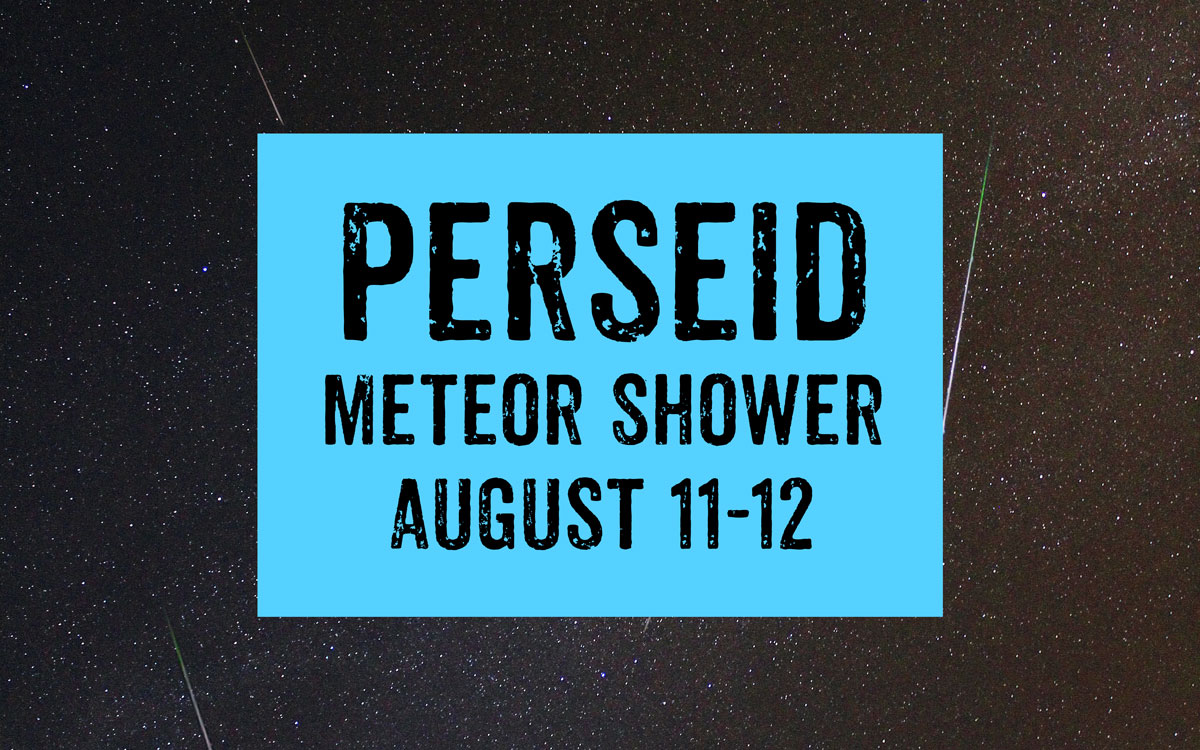
How To See The Perseid Meteor Shower
- Thomas Nelson
- August 11, 2022
- Travel
- 0 Comments
Meteor showers are one of life’s great delights. For viewers, it’s where nature and the cosmos seem to meet. We sit and enjoy the natural environment here on Earth while watching small bits of debris from space streak across our sky. The Perseid meteor shower is one of the more spectacular meteor showers that greets us every summer, having reliably the brightest meteors at the most frequent rate. If you go out at the right time during the right conditions, you will almost certainly see lots of meteors.
What are the Perseids?
The Perseid meteor shower is caused by the Earth passing through debris, usually bits of rock and ice, left by Swift-Tuttle, a comet that passed by the Earth in 1992. Every year between July 23rd and August 22, our humble planet crosses through the densest area of material left behind by Swift-Tuttle, which creates the meteors we see streaking across the sky during the meteor shower. In 2022, the meteor shower will be at its peak the evenings of August 11th and 12th and early morning on the 13th.
Comet Swift-Tuttle is a large, periodic comet with an orbital period of 133 years. The comet will make its next pass in 2128. The comet is not likely to ever strike the Earth, but it will take some pretty close swings in the years 3044 and 4479. We probably don’t have to worry too much about that!
The Perseid meteor shower has been gracing our skies for many years. The first ever record of the Perseids are from a Chinese manuscript written in 36 AD. Giovanni Schiaparelli, an Italian astronomer, was the first to link the meteor shower to Swift-Tuttle in 1866, 4 years after the discovery of the comet.
How to see the Perseid meteor shower in 2022
In ideal years, when moonlight doesn’t brighten up our night sky, it’s possible to see 150-200 meteors per hour. That’s one meteor every 20 seconds! Unfortunately in 2022, a full Sturgeon moon will make it harder to see as many meteors. The estimation is 50 per hour. Still a respectable number of meteors.
The best nights to view the Perseid meteor shower are August 11th and 12th and early morning on the 13th.
The Perseid meteor shower seems to emanate from the region of the sky containing the constellation Perseus, which is where the meteor shower gets its name. Generally, though, you can view a meteor shower in any part of the night sky. All you have to do is look up!
Perseus can be found by looking Northeast and just a bit up from the horizon at about 11pm. There are numerous free star chart apps that can be used to help identify Perseus.
The best time of night to view the meteor shower is just before dawn. This is because at dawn, the surface of the Earth at your location is pointed in the direction of the Earth’s orbital travel. Between 12am and sunrise, the Earth will be moving “head first” so to speak through the debris that causes the meteor shower.
Meteor shower viewing tips
If you want to get the most out of your meteor shower experience, follow these guidelines.
- Be patient at first. It takes up to 20 minutes for your eyes to adjust to the darkness of nighttime. Give yourself a little extra time to get settled and adjusted before you give up!
- Face away from the moon. In 2022, the full Sturgeon moon will be lighting the night sky, but you should still be able to see plenty of meteors. Position yourself away from the moon.
- Avoid light pollution. If you live in a town or city, take a drive to the countryside to view the meteor shower. The further you can get from light sources, especially with a full moon in the sky, the better off you’ll be.
- View late at night. The best times to view the meteor shower are between midnight and pre-dawn.

